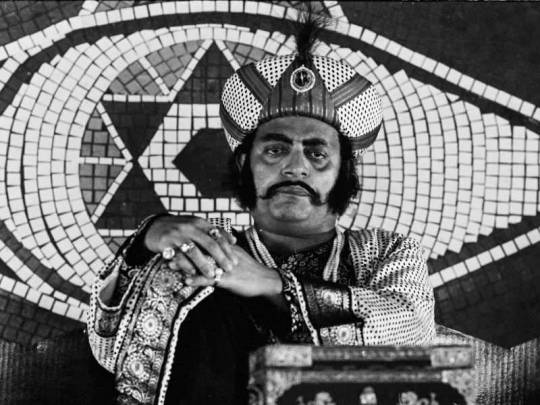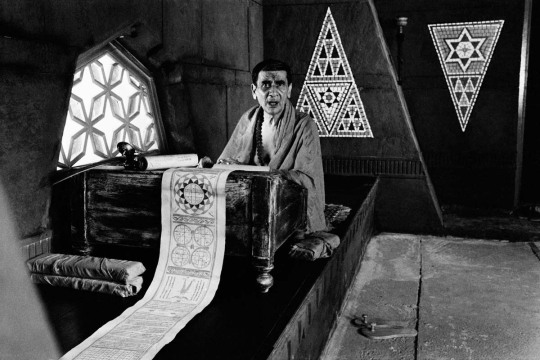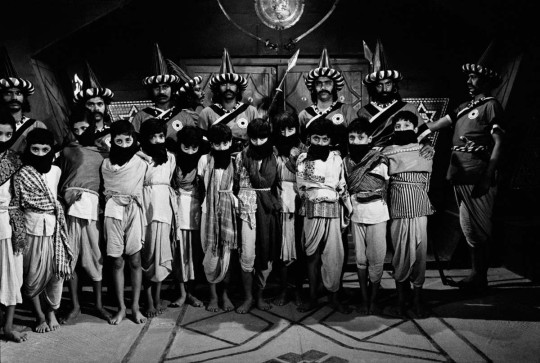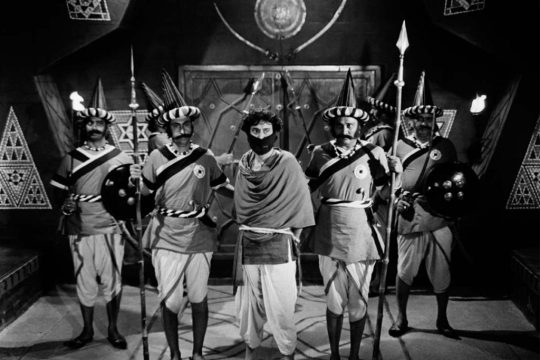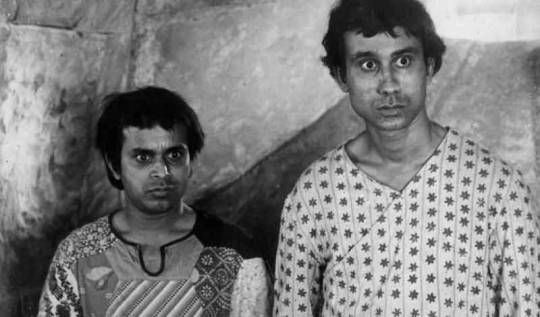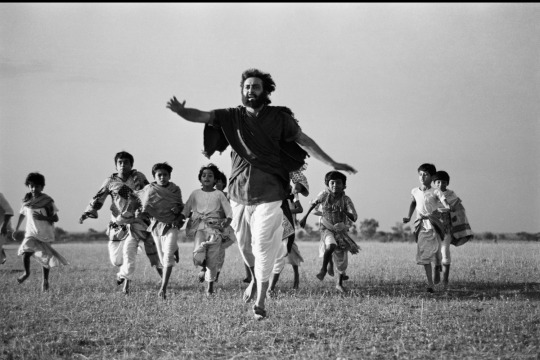#hirak rajar deshe
Text
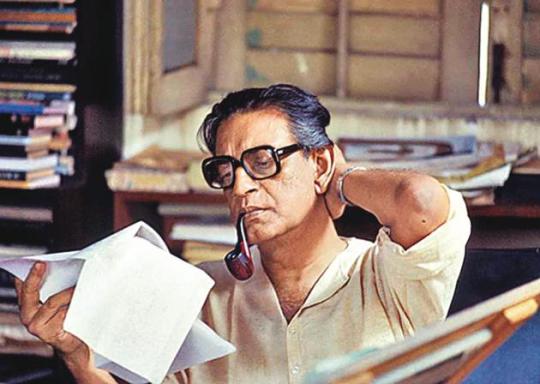

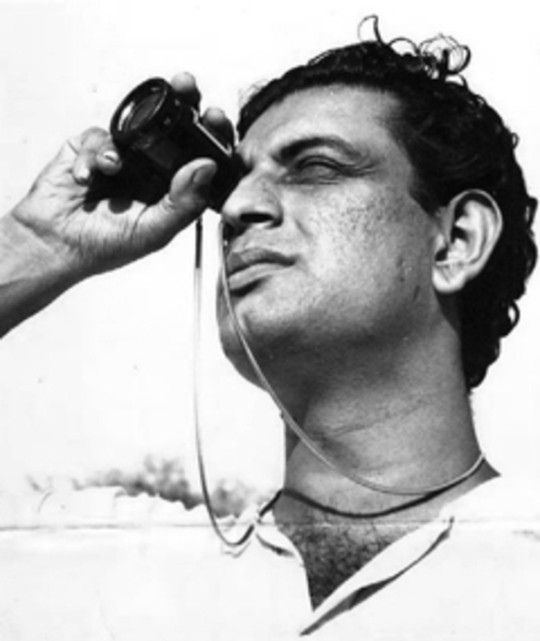

মহারাজারে আজ কোটি কোটি সেলাম
শুভ জন্মদিন মহারাজা
#it's ray's day after may day#satyajit ray#feluda#goopy gyne bagha byne#hirak rajar deshe#sonar kella#professor shanku#bengali literature#bengali culture#bengal#bengali music#desiblr#desi tumblr#desi teen#desi#desi tag
20 notes
·
View notes
Text
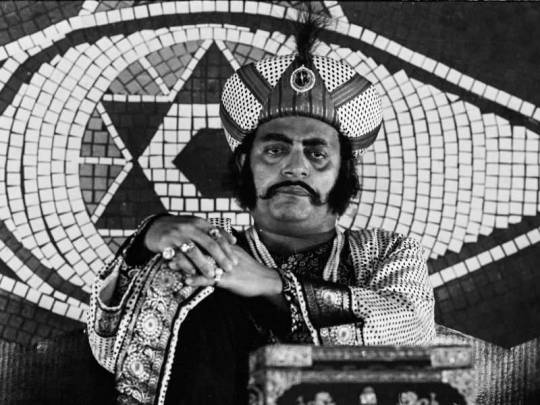

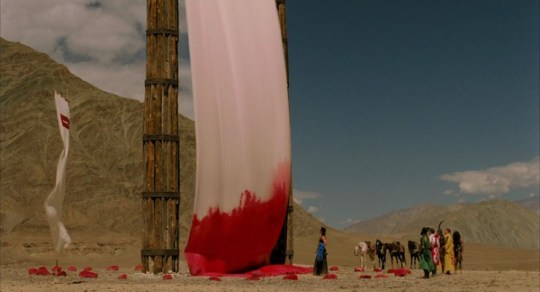

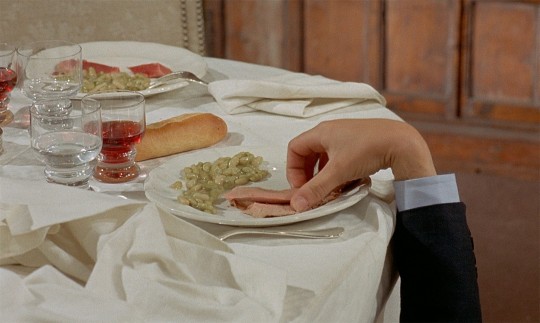



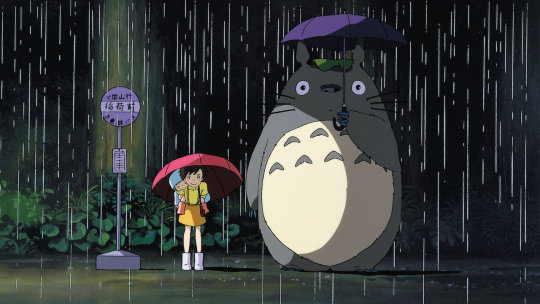

fantasy films across genre
Hirak Rajar Deshe (The Kingdom of Diamonds) / Fantasia, 1940 / The Fall / Midnight in Paris / The Discreet charm of the Bourgeoisie / Wild Strawberries / Jennifer's Body / Get Out / My Neighbor Totoro / The Red Balloon
#fantasy#film blog#hirak rajar deshe#fantasia 1940#the fall#midnight in paris#the discreet charm of the bourgeoisie#wild strawberries#jennifer's body#get out#my neighbor totoro#the red balloon#satyajit ray#woody allen#miyazaki movies#surreal
5 notes
·
View notes
Note
3 and 27 :)
hi reva! thanks for the ask <3
3. 3 films you could watch for the rest of your life and not get bored of?
tbh the entire filmography of satyajit ray & any film with uttam kumar, but i'll settle for the entire kung fu panda series (i'm a sucker for po i'm sorry), hirak rajar deshe & the wonderful story of henry sugar !!
27. any nicknames?
*laughs in brown* millions. i'm mostly called "kuppus" by my immediate family & different nicknames by every other relative. and believe me when i tell you they each have at least five specially curated names for me & all my siblings.
besides that, my friends usually call me "chokro" unless they're mad at me.
5 notes
·
View notes
Text
Sabyasachi Chakraborty: A Legend of Tollywood
Introduction:
One of the most gifted performers working in Indian cinema now is
Sabyasachi Chakraborty. Over the course of his many years in the
business, he has given some of the most enduring performances
in Indian film history. We shall examine his life, career, and accomplishments
in more detail in this blog.
Early Life and Education:
1956 saw the birth of Sabyasachi Chakraborty in Kolkata,
West Bengal.After completing his education at South Point School,
he went on to earn his degree from the University of Calcutta.
His mother, Jharna Chakraborty, was a stage performer, and his father,
Subhendu Chakraborty, was both an actor and a director in the Bengali
cinema business.
Early Career:
In the 1970s, Sabyasachi Chakraborty began his acting career in
Kolkata's theater scene.
He collaborated with some of the most gifted playwrights and
directors of his day and was
involved with a number of theater organizations in the city. He
made his debut in the Bengal
i cinema business at the beginning of the 1980s with Aparna
Sen's "Paroma."
Film Career:
In his more than three decades-long acting career, Sabyasachi
Chakraborty has appeared
in more than 200 movies. He is renowned for his acting flexibility and
has appeared in films
as a variety of characters. His roles in the movies "Hirak Rajar Deshe,"
"Ganashatru," "Chokher Bali," "
Dosar," "Feluda," and "Kahaani" include some of his most enduring
performances.
Career in television:
In addition to movies, Sabyasachi Chakraborty has been in a number
of widely watched Indian
television series. His appearances on the television programs Byomkesh
Bakshi, Kababu, Satyajit Ray
Presents, and Gaaner Oparey are well remembered.
Awards and Recognition:
For his services to the Indian cinema industry, Sabyasachi Chakraborty has
won numerous accolades
. For his roles in the movies "Hirak Rajar Deshe" and "Kahaani," he has twice
taken home the National
Film Award for Best Actor. For his contributions to Indian cinema, he has also
received numerous
honors at foreign film festivals.
Conclusion:
In Indian cinema, Sabyasachi Chakraborty is a genuine legend. He has inspired
numerous
generations of performers and filmmakers in addition to entertaining audiences
with his performances.
His fans and the film community alike will always remember and love what he
contributed to the worlds
of cinema, television, and theater.
3 notes
·
View notes
Text
BEST DIRECTORS IN CINEMA-3
Hi everyone! This blog is going to be the 3rd part of 8 Part Series of who I think are the Best Directors Cinema as ever seen
And today I will be talking about
SATYAJIT RAY

Satyajit Ray (born May 2, 1921, Calcutta [now Kolkata], India—died April 23, 1992, Calcutta) was a Bengali motion-picture director, writer, and illustrator who brought the Indian cinema to world recognition with Pather Panchali (1955; The Song of the Road) and its two sequels, known as the Apu Trilogy. As a director, Ray was noted for his humanism, his versatility, and his detailed control over his films and their music. He was one of the greatest filmmakers of the 20th century.
(Early Life)
Ray was an only child whose father died in 1923. His grandfather was a writer and illustrator, and his father, Sukumar Ray, was a writer and illustrator of Bengali nonsense verse. Ray grew up in Calcutta (now Kolkata) and was looked after by his mother. He entered a government school, where he was taught chiefly in Bengali, and then studied at Presidency College, Calcutta’s leading college, where he was taught in English. By the time he graduated in 1940, he was fluent in both languages. In 1940 his mother persuaded him to attend art school at Santiniketan, Rabindranath Tagore’s rural university northwest of Calcutta. There Ray, whose interests had been exclusively urban and Western-oriented, was exposed to Indian and other Eastern art and gained a deeper appreciation of both Eastern and Western culture, a harmonious combination that is evident in his films.
(His Famous Works)
Ray's first film, Pather Panchali (1955) won eleven international prizes, including the inaugural Best Human Document award at the 1956 Cannes Film Festival. This film, along with Aparajito (1956) and Apur Sansar (The World of Apu) (1959), form The Apu Trilogy. Ray did the scripting, casting, scoring, and editing, and designed his own credit titles and publicity material. He also authored several short stories and novels, primarily for young children and teenagers. Popular characters created by Ray include Feluda the sleuth, Professor Shonku the scientist, Tarini Khuro the storyteller, and Lalmohan Ganguly the novelist.
(Filmmaking Style)
His Filmmaking
Ray had been subconsciously paying a tribute to Jean Renoir throughout his career, who influenced him the most.Ray considered script-writing to be an integral part of direction. Initially he refused to make a film in any language other than Bengali. In his two non-Bengali feature films, he wrote the script in English; translators adapted it into Hindustani under Ray's supervision.The narrative structure of Ray's films are represented by musical forms such as sonata, fugue and rondo. Kanchenjunga, Nayak and Aranyer Din Ratri are examples of this structure.
(His Filmography)
Ray made over 36 feature film in his 4 decade long. He made movies such as Pather Panchali in 1955,Aparajito in 1956,Parash Pathar and Jalsaghar in 1958, Apur Sansar in 1959, Devi in 1960. He made movies such as Teen Kanya in 1961, Kanchenjungha and Abhijan in 1962,Mahanagar in 1963,Charulata and Two I'm 1964,Kapurush-0-Mahapurush in 1965,Nayak in 1966,Chiriyakhana in 1967,Goopy Gyne & Bagha Byne in 1969,Aranyer Din Ratri and Pratiwandi in 1970, Seemabaddha and Sikkim in 1971,Inner Eyes in 1972,Ashani Sanket in 1973,Sonar Kella in 1974,Jana Aranyw in 1975,Bala in 1976,Shatranj ka Khilari in 1977,Joi Baba Felunath in 1979,Hirak Rajar Deshe and Pikoo in 1980,Sadgati in 1981,Ghare Bhare in 1984,Sukumar Ray in 1987,Ganashatru and Shakha Proshakha in 1990,Agantuk in 1990.
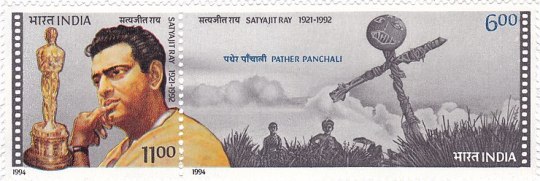
Satyajit Ray on 1994 stamp of India
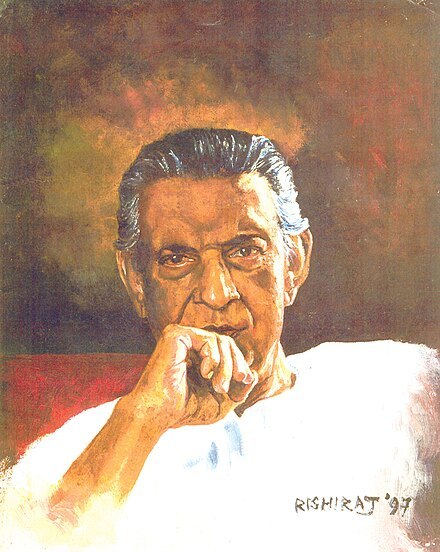
Portrait of Satyajit Ray
(Awards & Honors)
Ray received many awards including 36 National Film Awards. He was awarded the Dadasaheb Phalke Award in 1985 and Legion Of Honor in 1987. The Government of India also awarded him with Padma Bhusan in 1965. He also received a Lifetime Achievement Award in 1992 at the Academy of Motion Pictures Arts and Sciences. He also won the Golden Lion at the Venice Film Festival
(Legacy)
Ray is considered one of the greatest film directors of all time. He is a cultural icon in India and in Bengali communities worldwide. Following his death, the city of Calcutta came to a virtual standstill, as hundreds of thousands of people gathered around his house to pay their last respects. Ray's influence has been widespread and deep in Bengali cinema; many Bengali directors, including Aparna Sen, Rituparno Ghosh and Gautam Ghose as well as Vishal Bhardwaj, Dibakar Banerjee, Shyam Benegal and Sujoy Ghosh from Hindi cinema in India, Tareq Masud and Tanvir Mokammel in Bangladesh, and Aneel Ahmad in England, have been influenced by his craft.Beyond India, filmmakers Martin Scorsese, Francis Ford Coppola, George Lucas, James Ivory, Abbas Kiarostami, Elia Kazan, William Wyler,François Truffaut, John Huston, Carlos Saura, Isao Takahata, Oliver Stone,Quentin Tarantino, Wes Anderson,Danny Boyle and Christopher Nolan.
(Sources)
And that's it for this part folks, I'll meet you with another blog about some the Greatest Directors Cinema has ever seen, Until then
CIAO
1 note
·
View note
Text
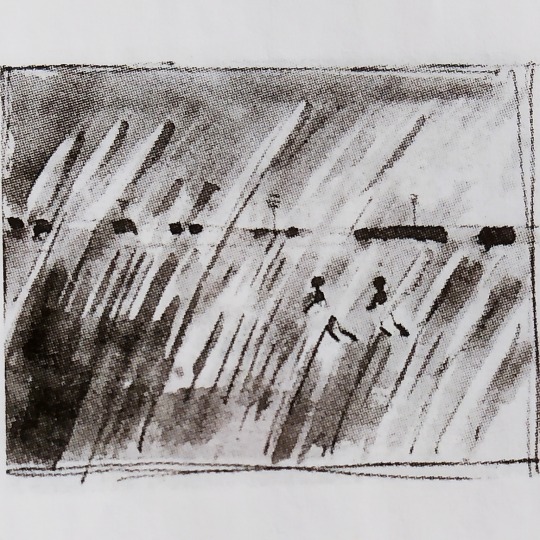

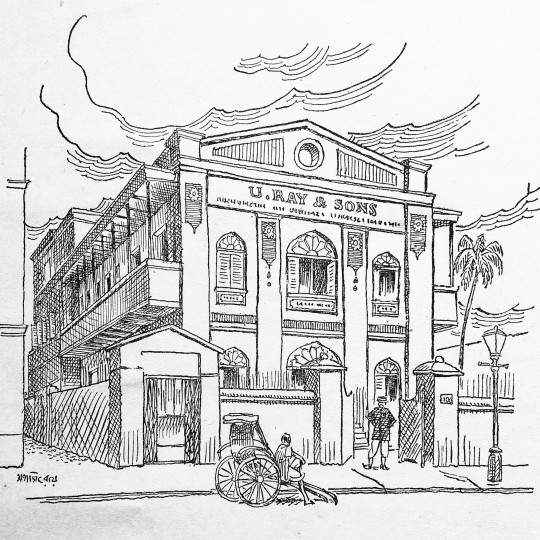
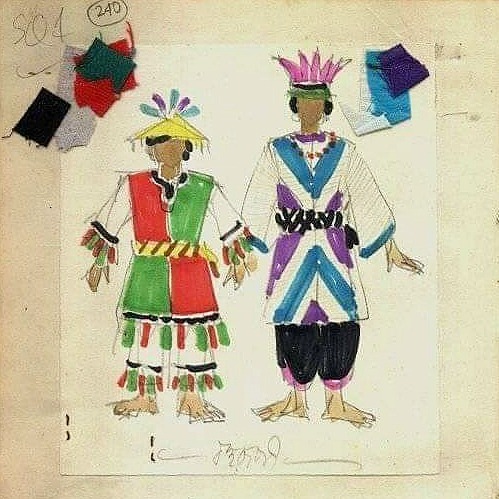
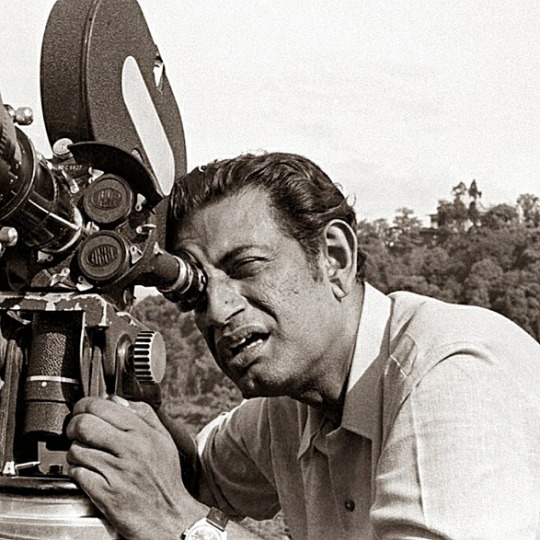

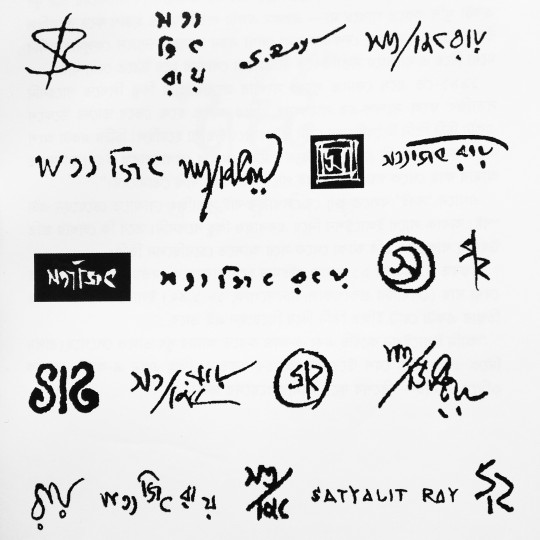

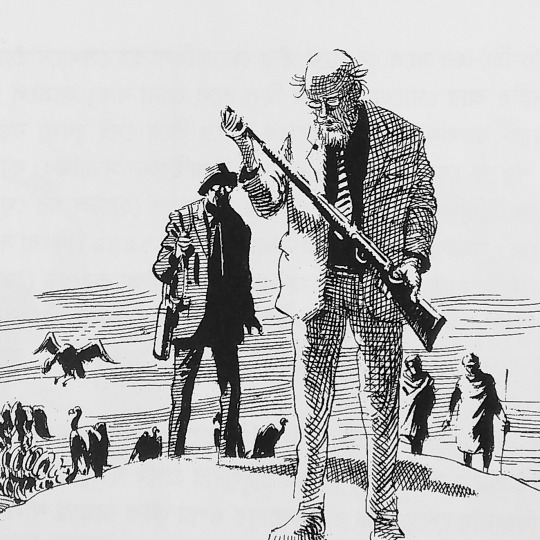
Art of Satyajit Ray
#i wish i could have included more#there is so much T_T#but it looks good right?#k now I'll just schedule this#I'll probably be too nervous about the election results on 2nd may and forget to post#satyajit ray#bengali#literature#books#films#feluda#professor shonku#gupi gayen bagha bayen#hirak rajar deshe#joy baba felunath#sonar kella#pather panchali#sandesh#illustration#concept art#cover art#moodboard#bangla tag#peevesie makes things#original content
207 notes
·
View notes
Text


1736 hrs | 20th february, 2021 | day 69/100
today is studying for pure pleasure, and this feels really nice. wish i could do it a little more.
song of the day : nohi jantra // anup ghoshal
#100 days of productivity#studyblr#dark academia#satyajit ray#best#history#studying#studyinspo#study blog#hirak rajar deshe
64 notes
·
View notes
Link
May 2, 2021
By Sundeep Bhutoria
KOLKATA (UN Chronicle) --
UDAYAN PANDIT: You first tell me if you are on my side or not...
BAGHA BYNE: We are on the side of good.
GOOPY GYNE: Yes, on the side of good.
This swift exchange between the schoolteacher-turned-rebel Udayan Pandit and the protagonists Goopy and Bagha in the film Hirak Rajar Deshe (Kingdom of Diamonds, 1980) sums up the universal humanism that permeated Satyajit Ray’s films. Simple yet profound.
This “children’s film for everyone” is a landmark work of art dealing with resistance against tyranny, with a people’s uprising against totalitarianism. Forty years later, Hirak Rajar Deshe—the tale of a teacher and his unlikely allies, Goopy the singer and Bagha the drummer, toppling a tyrant—rings truer than ever, as leaders around the world display streaks of the anti-democratic Hirak Raja, out to suppress any form of dissent or critique.
Hirak Rajar Deshe ends on a note of idealistic hope and popular rejoicing as the despot is subjected to his own magajdholai (brainwashing) machine, his giant statue is pulled down by the people, and freedom and justice are restored to the land.
The endings of Ray’s films often symbolize the humanism and hope that he came to typify as a unique creative force between 1955 and 1992.
5 notes
·
View notes
Text
Rest in Power, Mr. Chatterjee..... You will live in our hearts forever 🍂
#দড়ি ধরে মারো টান/রাজা হবে খান খান (dori dhore maro tan (Pull the ropes now )/Raja hobe khan khan (The king will lie in pieces).

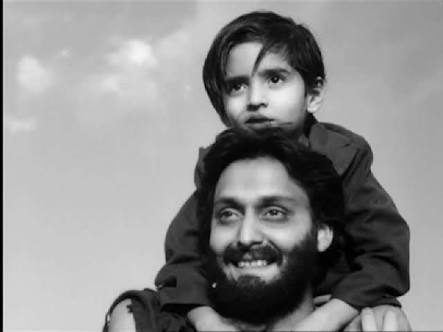
#soumitra chatterjee#Bengali movie#movies#actor#bengali cinema#Hirak rajar deshe#feluda#Shonar Kella#Joy Baba Felunath#apu trilogy#apur sansar#theatre#Poet
17 notes
·
View notes
Text
The Youth of India: the change we need
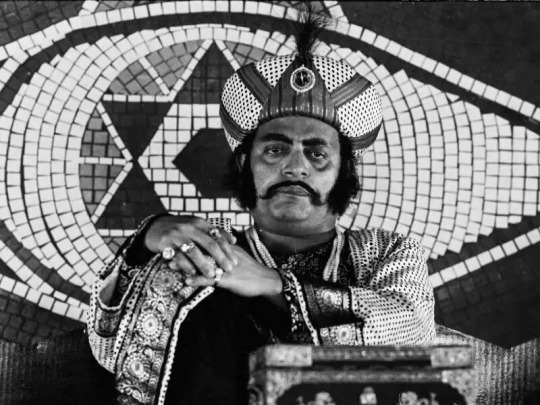
“এরা যত বেশী পড়ে,
তত বেশী জানে,
তত কম মানে”
"Era Joto Beshi Pore, Toto Beshi Jaane, Toto Kom Maane"
"The more they read, the more they know, the lesser they obey"
“Hirak Rajar Deshe” by Satyajit Ray
...reminiscent of India today.
Why the government attacks institutions and the students, condones the desecration of places of study, why they are scared of the learned. The youth - the fearless torchbearers of the change we need.
#india#india politics#jnu attack#jnu#delhi#bjp government#bjp#satyajit ray#movies#india news#students of india#students#youth of india#world politics#utpal dutta#hirak rajar deshe#bengali#change
7 notes
·
View notes
Text
10 OTT Shows to Watch This Week
10 OTT Shows to Watch This Week
[ad_1]
Bhumi Pednekar and Konkona Sen Sharma’s ode to sisterhood, Robert Pattinson’s amusing accent, Satyajit Ray’s many masterpieces, Steven Soderbergh’S breakout indie, Mark Ruffalo’s good fight — all this and more on Sukanya Verma‘s recommendation list on OTT this week.
Best of Satyajit Ray
Where to watch: Zee5
Language: Bengali (With subtitles)
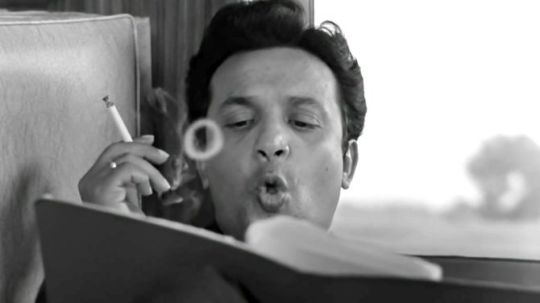
Famous film critic Roger Ebert once said,…
View On WordPress
#Bhumi Pednekar#Donald Ray Pollock#George Lucas#Hirak Rajar Deshe#Joi Baba Felunath#Konkona Sen Sharma#Mark Ruffalo#OTT Shows Guide#Parambrata Chatterjee#Robert Billot#Robert Pattinson#Roger Ebert#Satyajit Ray#Sonar Kella#Steven Soderbergh#Todd Haynes
0 notes
Text
10 OTT Shows to Watch This Week
10 OTT Shows to Watch This Week
Bhumi Pednekar and Konkona Sen Sharma’s ode to sisterhood, Robert Pattinson’s amusing accent, Satyajit Ray’s many masterpieces, Steven Soderbergh’S breakout indie, Mark Ruffalo’s good fight — all this and more on Sukanya Verma‘s recommendation list on OTT this week.
Best of Satyajit Ray
Where to watch: Zee5
Language: Bengali (With subtitles)
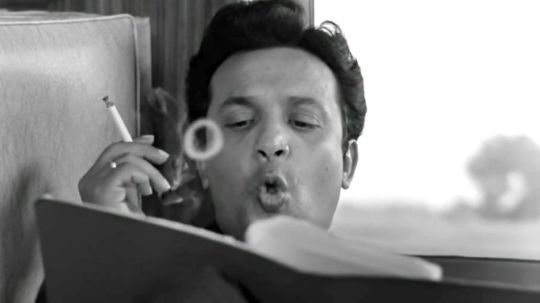
Famous film critic Roger Ebert once said, ‘Satyajit…
View On WordPress
#Bhumi Pednekar#Donald Ray Pollock#George Lucas#Hirak Rajar Deshe#Joi Baba Felunath#Konkona Sen Sharma#Mark Ruffalo#OTT Shows Guide#Parambrata Chatterjee#Robert Billot#Robert Pattinson#Roger Ebert#Satyajit Ray#Sonar Kella#Steven Soderbergh#Todd Haynes
0 notes
Photo
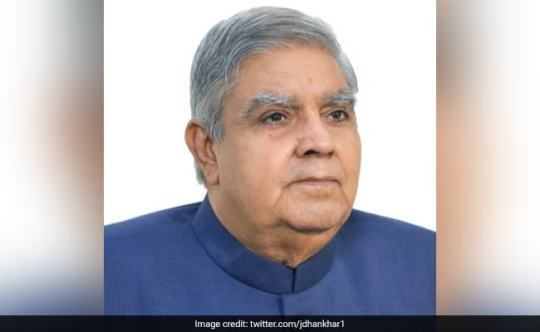
Jagdeep Dhankhar Compares Bengal Government To Satyajit Ray’s Satire On Violence, Corruption "There is a very serious dilution of democratic values," Jagdeep Dhankhar said. Kokata: Alleging that violence and corruption have become a part of the governance in West Bengal, Governor Jagdeep Dhankhar hit out at Chief Minister Mamata Banerjee's dispensation with a reference to Satyajit Ray's political satire "Hirak Rajar Deshe" as he completed a year in office.
0 notes
Photo
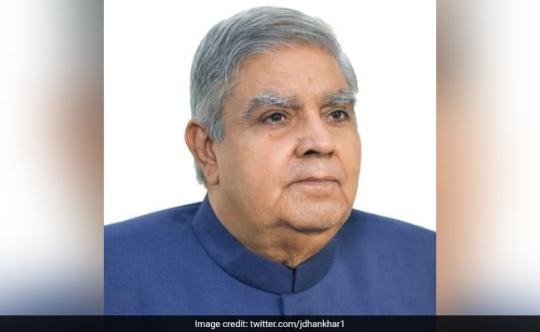
Jagdeep Dhankhar Compares Bengal Government To Satyajit Ray’s Satire On Violence, Corruption "There is a very serious dilution of democratic values," Jagdeep Dhankhar said. Kokata: Alleging that violence and corruption have become a part of the governance in West Bengal, Governor Jagdeep Dhankhar hit out at Chief Minister Mamata Banerjee's dispensation with a reference to Satyajit Ray's political satire "Hirak Rajar Deshe" as he completed a year in office.
0 notes
Text
Shotoborsher Satyajit

Any discussion on cinema, especially Indian cinema, will remain incomplete unless you mention a maverick of a filmmaker, the legendary director Satyajit Ray- one of the very few Indian filmmakers to win an Academy Award (Oscar). Ray's works always came with a new lesson for aspiring filmmakers. He made 36 movies in a career spanning 37 years. Every film is distinguishable in its way, and that it is almost impossible to pick one over the other. On his 100th birth anniversary, as the Oscar-winning filmmaker, writer, and illustrator stands tall as an eternal Bengali icon. Us at hoichoi pay tribute to the Renaissance man of Bengali cinema and his creations through Shotoborshe Satyajit, a unique collection of films directed by him and his writings later adapted into movies. Here are the 11 iconic films featured in this series.
Pather Panchali
One of the greatest classics of Indian cinema, released in 1955, this Satyajit Ray film was produced by the Government of West Bengal. Based on Bibhutibhushan Bandhopadhyay's 1929 Bengali novel of the same name. With this movie, Satyajit Ray made his directorial debut. The film features Subir Banerjee, Kanu Banerjee, Karuna Banerjee, Uma Dasgupta, and Chunibala Devi. The story of a young boy, Apu, and his sister, Durga, and their life in a small village of Bengal. Pather Panchali is a turning point in Indian cinema, with its poetic scenes managing to capture literature into filmmaking. The film won eleven international prizes, including the coveted Academy Award, and was among the films that pioneered the parallel cinema movement.
Hirak Rajar Deshe
A film that echoes the legacy of Satyajit Ray and his nature of challenging conventional customs. A children's movie filled with magic and music that also served as a robust satire to the oppression of state and ruling powers. Ray depicted societal issues in a subtle way, covered by humour without destroying its seriousness or sanctity. Featuring legendary actors like Soumitra Chatterjee, Utpal Dutt, Rabi Ghosh, this film is loved throughout the ages and remains an evergreen classic.
Aparajito
The second part of The Apu Trilogy, directed by Satyajit Ray. The film starts with Apu moving to Varanasi with his family and chronicles Apu's life from childhood to adolescence in college, right up to his mother's death, when he is left all alone. The film features Pinaki Sen, Smaran Ghosal, Kanu Banerjee, Karuna Banerjee, Ramani Ranjan, Charu Prkash, Subodh Ganguly. The film won the Bodil Award for Best non-European Film of the Year in Denmark in 1967, along with other accolades.
Abhijan
One of Satyajit Ray's cult classics. Adapted from the novel Abhijan by Tarashankar Bandhopadhyay. This film features the evils in society and the abstract helplessness of its inhabitants. Starring Gyanesh Mukherjee, Rabi Ghosh, and Soumitra Chatterjee, Abhijan is a story of a taxi driver's attempt of reinventing his life and his eventual surrender to the evils in society. The protagonist Narasingh (played by Soumitra Chatterjee) was a direct influence on the character of the cynical cab driver, Travis Bickle (played by Robert De Niro) in Martin Scorsese's film Taxi Diver. Scorsese himself has credited Satyajit Ray as an influence on his work.
Jalsaghar
The fourth of Ray's feature films, Jalsaghar starring Bengali acting icons like Chhabi Biswas, Padma Devi, and Kali Sarkar, depicts the end days of a decadent Bengali landlord and his efforts to uphold his family prestige while facing economic adversity. Jalsaghar went on to win the Presidential Award for best film in New Delhi and played a significant role in establishing Ray's international reputation as a director.
Chiriakhana
Based on the story by Saradindu Bandopadhyay, Chiriakhana explores the investigation of detective Byomkesh Bakshi. Starring the legendary Uttam Kumar as Byomkesh, it is a rare opportunity of witnessing the work of two luminaries of Bengali cinema in a single cinematic experience.
Professor Shanku O El Dorado
Satyajit Ray, the filmmaker, makes way for Satyajit Ray, the science fiction writer. Helmed by his son Sandip Ray, the film tells the tale of Professor Shanku, a charismatic scientist, and his adventures. The film manages to capture the essence of the professor, loved by readers through ages.
Gorosthane Sabdhan
The genius that is Satyajit Ray was not only limited to film making and science fiction writing. He was equally adept in writing crime thrillers and detective stories. As the creator of the fictional Bengali detective Feluda, Ray's writing prowess is second to none. Gorosthane Sabdhan is a thriller that revolves around the mystery of a lost artefact and Feluda's deductive abilities that help discover it.
Ashani Sanket
Another iconic film that has the impact of an epic without seeming to mean to, The film is set in a village in the Indian province of Bengal during the Second World War and examines the effect of the Great Famine of 1943 on the rural areas of Bengal. Ray successfully shows the human scale of a cataclysmic event that killed many. The film won many accolades at the Berlin International Film Festival, and Ray won the award of the best music director at the National Film Festival.
Goopy Bagha Phire Elo
The sequel to Hirak Rajar Deshe, directed by Sandip Ray. The film continues with the adventures of Goopy and Bagha after they receive their powers from the king of ghosts.
Royal Bengal Rahasya
Another fan favourite movie, based on the immensely popular Feluda series written by Satyajit Ray. The story involves Feluda, as he investigates the case of a man-eating tiger.
3 notes
·
View notes
